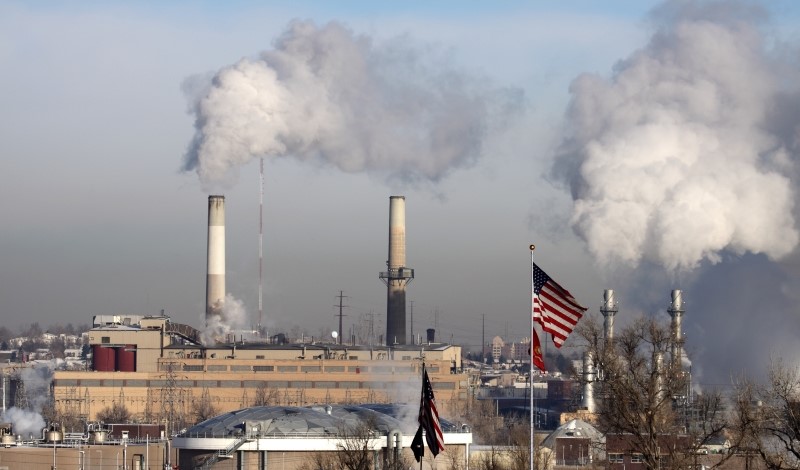EPA’s New Power Plant Rule Fits Within Court-Upheld Authority | The Regulatory Review
EPA’s New Power Plant Rule Fits Within Court-Upheld Authority The Regulatory Review


Sustainable Development Goals and EPA’s New Power Plant Rule

Font Size:
Introduction
A decade-long journey of the U.S. Environmental Protection Agency (EPA) to reduce climate-related air pollution from power plants reached another milestone in May when the agency proposed new standards for greenhouse gas emissions from coal- and gas-fired power plants.
The Role of Sustainable Development Goals (SDGs)
- The proposed standards align with SDG 13: Climate Action, which aims to combat climate change and its impacts.
- SDG 7: Affordable and Clean Energy is also relevant, as the standards promote cleaner energy sources and increased plant efficiency.
EPA’s Response to Legal Challenges
- Last year’s Supreme Court decision in West Virginia v. EPA influenced EPA’s approach to reducing climate pollution from power plants.
- The Court emphasized the importance of reducing pollution at individual plants, rather than shifting generation between plants.
The Clean Air Act and EPA’s Mandate
Congress has tasked EPA with protecting public health from air pollution under the Clean Air Act for over fifty years. EPA has the authority to determine the best approach to achieve this goal.
Previous Attempts and Legal Challenges
In 2007, the Court ruled that EPA is responsible for reducing greenhouse gas emissions that endanger public health. In 2015, the Obama-era EPA issued the Clean Power Plan, which was later repealed by the Trump Administration.
The West Virginia v. EPA Decision
The Court determined that the Clean Power Plan exceeded EPA’s authority by focusing on shifting power generation between plants instead of improving individual source performance.
EPA’s Proposed Climate Rule
EPA’s proposed rule sets emission limits based on reducing pollution from individual sources. It considers achievable emission reductions through carbon capture and sequestration, plant efficiency improvements, and co-firing with cleaner fuels.
Legal Standards and Technology Adoption
EPA is not required to select technologies that are already in widespread use. The “adequately demonstrated” standard allows for projections of future industry capabilities based on existing technology.
Phased Approach and Compliance Options
EPA’s proposed rule includes a phased approach and allows regulated entities to explore compliance options beyond universal adoption of carbon capture and other technologies.
Limitations and Future Steps
EPA’s proposed rule does not cover all gas-fired power plants, highlighting the need for further action to reduce emissions. The federal government must continue to address the climate crisis and protect communities affected by air pollution.
Conclusion
EPA’s proposed rule strikes a balance between its congressional mandate, legal precedents, and technological and economic considerations. It contributes to the achievement of SDGs 7 and 13 by promoting cleaner energy and combating climate change.








